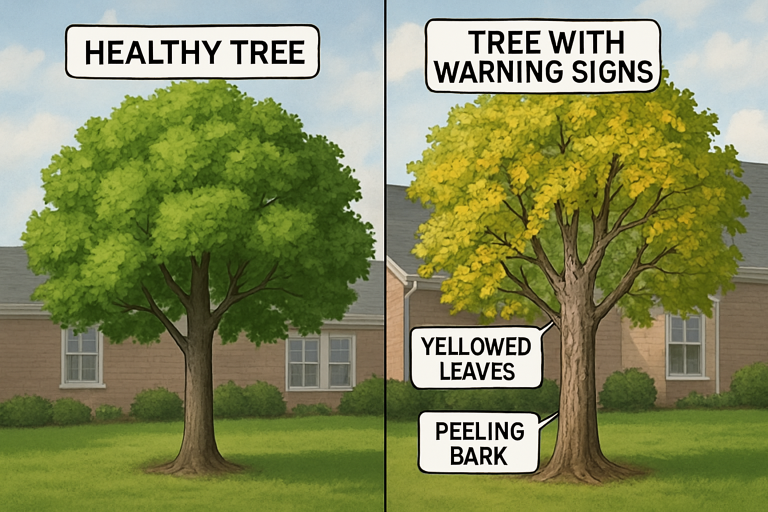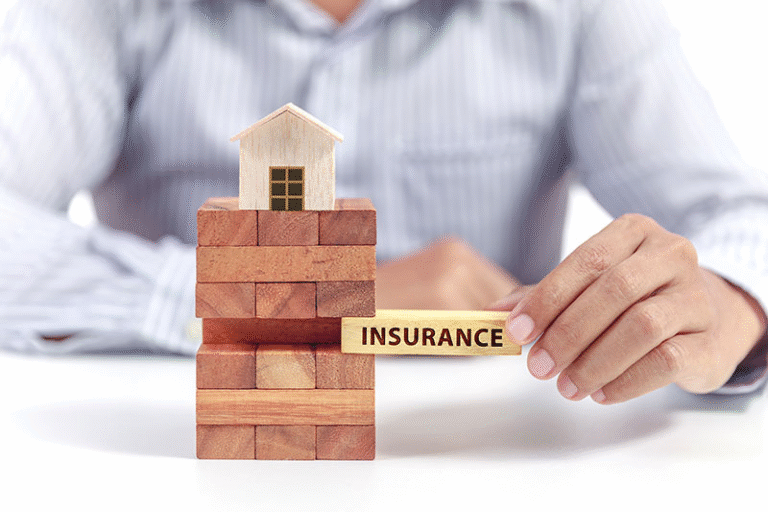Trees showing signs of distress—such as dead branches, discolored or wilting leaves, fungal growth, deep cracks in the trunk, or visible pest infestations—may require expert attention. Leaning trunks, exposed roots, or excessive leaf drop can also indicate serious underlying issues. Professional arborists can diagnose problems, recommend treatments, and ensure safety by preventing potential hazards. Timely intervention not only preserves the tree’s health and beauty but also protects surrounding property and maintains the overall safety of the landscape.
The Value of Healthy Trees in Urban and Residential Spaces
Trees are vital to our neighborhoods, providing beauty, shade, and a host of environmental benefits. In urban and residential landscapes, healthy trees improve air quality and contribute to mental well-being and property value. Whether you sit under a leafy oak or admire rows of blossoming crepe myrtles, robust trees create a healthier, happier environment for all residents.
Beyond aesthetics, trees act as natural air filters, reducing pollution, storing carbon, and supporting local wildlife. Their canopies help manage stormwater runoff and moderate city temperatures. Homeowners can also enjoy financial incentives: properties with mature trees often command higher market prices and reduced energy bills due to the shade they provide. To maximize these benefits and maintain a thriving landscape, partnering with an expert like a tree company North Richland Hills ensures proper care, disease prevention, and expert intervention when needed.
Common Threats to Tree Health
Trees growing in residential areas face numerous challenges. Common threats include pests such as borers and aphids, fungal diseases, and the impact of construction or pollution. Minor stresses like compacted soil or improper pruning can weaken a tree’s natural defenses. According to recent guidance from the , vigilant pest management and proactive care are the most effective ways to prevent significant damage.
It is essential to recognize that trees can appear generally healthy even when attacked. Early detection and intervention make a significant difference in protecting and preserving your landscape investment. Attentive observation and regular check-ups help spot problems before they escalate.
Early Warning Signs Trees Need Attention
Noticing subtle changes can mean catching health issues before they become critical. Watch for leaf discoloration, such as yellowing or browning at the edges, which might indicate nutrient deficiencies or disease. Leaves that wilt unexpectedly or fall prematurely, especially outside their natural shedding cycles, are also red flags.
The bark of your tree can also offer vital clues. Peeling, cracking, or swelling, along with dead branches or dieback at the tips, indicate that a tree is struggling. If these signs persist or affect more than a few branches, it’s time to seek professional evaluation.

Understanding Root and Soil Issues
Healthy roots are fundamental for strong and resilient trees. Problems below the surface often go unnoticed until symptoms appear in the canopy. Signs of distress include mushrooms or fungal growth at the tree’s base, visible root damage, or leaning trunks. Poor soil conditions—like compaction, excessive moisture, or nutrient deficiency—can also provoke decline.
If you observe these issues, it’s crucial not to attempt drastic fixes alone, as improper intervention could worsen root damage or disrupt natural processes. A reputable arborist will assess the site, evaluate soil health, and recommend tailored solutions for restoration.
When DIY Care Isn’t Enough: Red Flags Requiring a Specialist
While dedicated homeowners can handle routine pruning or minor pest management, some scenarios require immediate expert attention. Persistent infestations, advanced diseases like Dutch elm or oak wilt, and significant structural damage from storms or construction are best left to certified professionals. These specialists not only have the necessary tools and training but also understand how interventions can affect your landscape’s long-term health and safety.
Attempting complex remedies without proper knowledge can inadvertently harm trees even further. It’s always wise to call professionals at the first sign of severe decline or unexplained symptoms that persist despite corrective action.
How Professionals Diagnose and Treat Tree Health Issues
Modern arborists employ a combination of scientific methods and hands-on expertise. Advanced diagnostic tools allow them to assess internal decay, root vitality, and pathogen presence without invasive procedures. For example, arborists might use sonic tomography or resistograph drilling, which give insight into a tree’s structure while minimizing damage.
Consider a tree suffering from unexplained dieback. An experienced arborist could identify compacted soil and improper mulching as root causes, then implement aeration and nutrient amendments, saving the tree from irreversible decline. Their interventions extend well beyond surface assessments and store-bought solutions.
The Benefits of Regular Inspections and Proactive Care
Annual tree checkups and scheduled treatments can dramatically prolong trees’ lives while preserving their environmental and economic advantages. Regular monitoring spots incipient diseases, hidden pests, and silent soil issues before they become visible problems. A proactive approach means less intervention later and healthier trees overall.
Recent research highlights the enormous collective benefit of urban tree health: healthier trees reduce ambient temperatures, sequester more carbon, and improve local biodiversity. These benefits ripple outward, improving population health, reducing energy costs, and strengthening community ties.
Conclusion: Partnering With Experts for Long-Term Tree Health
Trees are invaluable assets that support your property and community in many visible and invisible ways. Watching for warning signs like leaf discoloration, abnormal bark changes, root issues, and unexplained decline allows you to intervene before emergencies. But when persistent symptoms or advanced problems occur, trusting a knowledgeable arborist ensures the best outcome for your trees and landscape.
Staying vigilant and scheduling regular inspections with qualified professionals is the key to thriving, resilient trees. With expert partnership, you protect your immediate surroundings and contribute to a healthier, greener neighborhood for generations to come.






